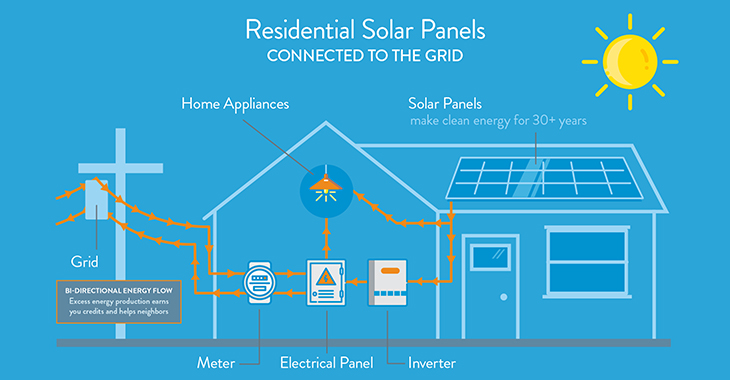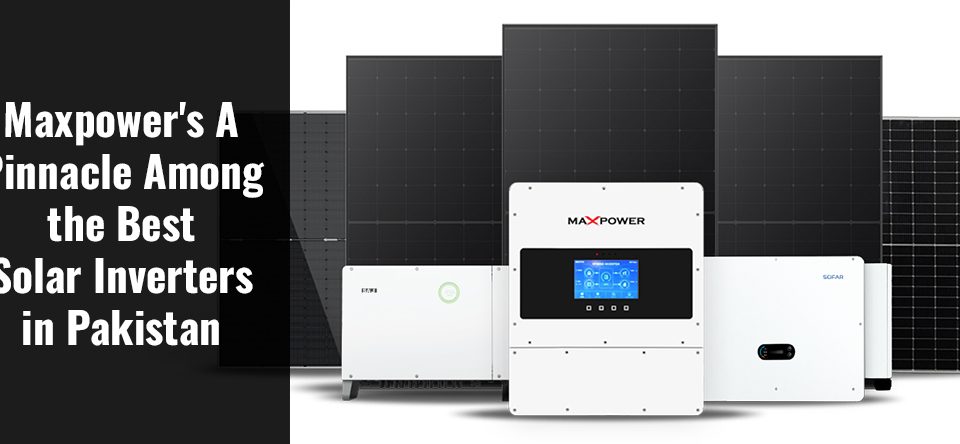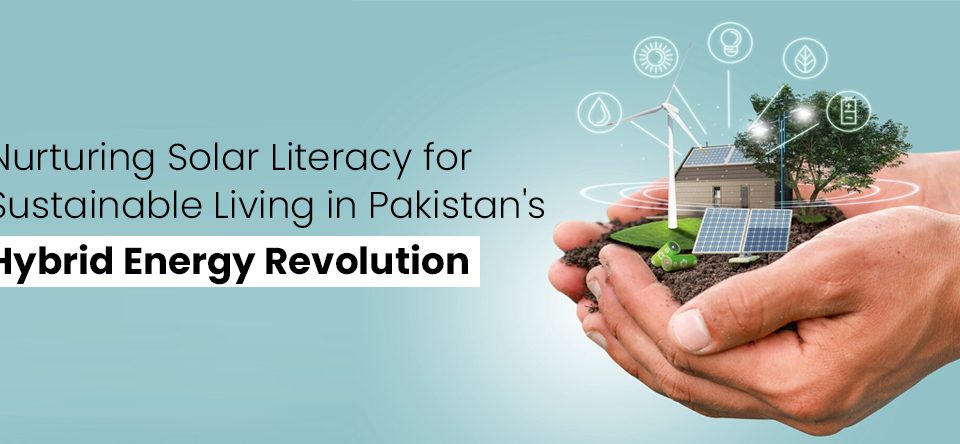
Effective Ways to Improve Solar Panel Efficiency
July 24, 2021
Top 5 Best Solar Inverters for Residential Use
July 17, 2021How to Buy the Best Solar Inverter for Residential Use?
Buy the best solar inverter the electrical bills can be able to put a burden on off days—when the energy consumption is to a higher extent. Now, there are two ways that can help with these loading bills; one is to reduce the consumption, other is to resource energy where you don’t have to pay bills. In the case of the first, it is conceivable up to a point, but it is again limited. Using very personal energy production systems (solar, windmill, etc.) on the other hand, will assist one avoid the burden of monthly expenses. Now, as for the solar panel system, the solar inverters are the most important component—here, we will help you to select the most suitable model for your place.
How do Solar Inverters Work?
Before getting to the query that how one can select the appropriate model of solar inverter—it is necessary to acknowledge, how they really work? As the solar panels (PV plate) captures the sunlight radiation. They convert this energy into electrical power which is in the form of DC (direct current). The electrical energy in this form cannot be utilized by the standard home appliances, thus they require alteration. The solar inverters convert that DC energy into AC so that it can be consumed efficiently.
Features to Look in Before Buying the Best Solar Inverter
There are certain features that you must check about the solar inverter according to your solar panel system; power (wattage), type, capacity, protective features, and some user-friendly aesthetics as well.
Type of Solar Inverters (As Per Transform Wave)
Depending on the type of transform wave used in the solar inverter for the output of the current—it decides the category of the inverter. This is mostly according to the solar panel system, and appliances used with the energy from the solar inverter model. The types are:
Sine Wave Inverters
The sine wave solar inverters are the most praised sort of wave used for output. Some of their characteristics are:
- They are known for their DC to AC power conversion efficiency.
- Almost every extent of standard home appliances can be operated on their output.
- They generate energy in the transform of the sine waves.
- The latest solar inverter models are integrated with this sort of transform wave (in pure form).
Here, the Maxpower provides efficient models of pure sine wave solar inverters that can help with your DC to AC conversion problems. Some of the efficient models are:
- Sunbridge 3000 Off-Grid Inverter
- Sunbridge 4000 Off-Grid Inverter
- Suntrio Plus 5k On-Grid Three Phase Inverter
Square Wave Inverters
They are likewise known as digital inverters. As the AC output is generated in the form of the square wave. The drawback you’ll find about this sort is that; nowadays, almost every standard home appliance is operated with the pure sine wave category. Although, the devices being operated with this inverter can be able to operate them but they will create a noise or humming sound.
Stepped Wave Inverters
The stepped wave inverters have both principles of working—sine wave, and square space. This type of inverter also integrates the Quasi-sine wave pattern which is much cost-effective for running computers and gadgets.
Power Capacity (According to Solar Panel)
The power capacity of the solar inverter needs to be according to the load granted over the solar panel system. Thus, these all are interrelated; capacity of the PV system, number, and wattage rating of typical home appliances. Here, we will summon up the usual wattage rating of a typical home appliance, so that you can math up—about the power requirement of your solar inverter.
Appliance Power Capacity
- Ceiling fans—50 to 75 watts (depends on the model)
- Table fans—25 to 50 watts
- Computer—80 to 150 watts
- Laptop—20 to 75 watts
- LCD TV (32”)—150 watts
- Refrigerator—160 to 250 watts
- Tube light—40 watts
As per the other appliances used in the houses, the typical wattage requirement is mentioned on the description or one can search wattage of that certain home appliance.
How to Calculate Power Requirements?
The PV plates must have the capacity of producing relevant energy to operate the whole house. Now, you need to estimate the total wattage required for the standard home appliances. There are some things that are needed to be considered for solar inverters.
- The inverter is not a generator nor do the estimations are like it.
- Sum out the wattage requirements of all the appliances that are commonly operated in the place.
- Make sure to consider appliances that are used occasionally (additional room appliances, TVs lamps, etc.).
- Now, take a rough estimation of all the appliances, and evaluate the solar panel capacity.
- For instance, the prerequisite has reached something 3600 VA—then the suitable solar inverter for your space would be that has a capacity of 4000 watts.
What about the Heavy Load Appliances?
For the appliance that requires larger power to operate like AC, Fridge, Microwave oven, etc. can run on the solar inverter that you have estimated for your place—although, even a powerful PV inverter can run these appliances, the question is to what extent? This completely depends on the batteries, and solar panels, thus it is required to go for high-capacity solar panels.
Consider the Starting & Running Power
As for the appliances, the power required for starting or initiating is much larger than the power needed while operating. Now, every other electric device has a different starting power requirement and a prerequisite running power. For instance, a CFL (compact fluorescent bulb) requires 25 watts of energy to start but when it is sustained, the CFL balances out to 18 watts. The same happens with other devices, heavy capacity devices like refrigerators, washing machines, etc. require almost double power for starting up.
Tip: While estimating the power required by appliances for the solar inverter, include in the rough estimation of starting power of the appliances. This is necessary to know, that when the appliances are turned on altogether, whether the solar inverter is able to bear the load.
Types of Solar Inverter (Depending on the Operation)
As per the operation, there can be typically two sorts of solar inverters—although, the basic working is the same (to convert DC into AC energy): off-grid and on-grid inverter.
Off-Grid Solar Inverter
Every solar inverter is able to invert DC to AC power—but, the difference lies in the question “where does the excess power go?”. In the off-grid solar inverter:
- The excess energy that is not consumed by the appliance is stored in battery packs.
- They are self-sustained—thus, there is no need to get connected to the local energy providers.
- When there is no energy production, the appliances can be operated using power stored in the batteries.
Maxpower provides efficient off-grid solar inverter models that range from residential to commercial applications:
On-Grid Solar Inverter
The on-grid solar inverter feeds the excess energy to the grid—rather than storing it in the battery pack. This in turn gives off feed-in-tariff (credits). The initial working is the same as the off-grid solar inverter; DC energy is inverted into AC power.
- The feed-in-tariff credits can be used to purchase energy from national energy providers.
- The credits can be exchanged for cash if the user does not require any energy from the providers.
- When there is no solar generation during a blackout, on-grid solar panels are useless (like night or rainy days).
We at Maxpower provides your extremely durable on-grid solar inverters:
Summary
Solar inverters must convert DC energy from solar panels into AC energy so that appliances can use it. To select the right solar inverter model according to your solar panel system and standard appliances, the user must know the power requirements. Take an approximate estimate of the devices that will be used to calculate the power requirements. Getting to the solar inverter types, there are two; on-grid and off-grid. The first one feeds the extra energy to the grid, the other one stores the extra energy into battery packs.




